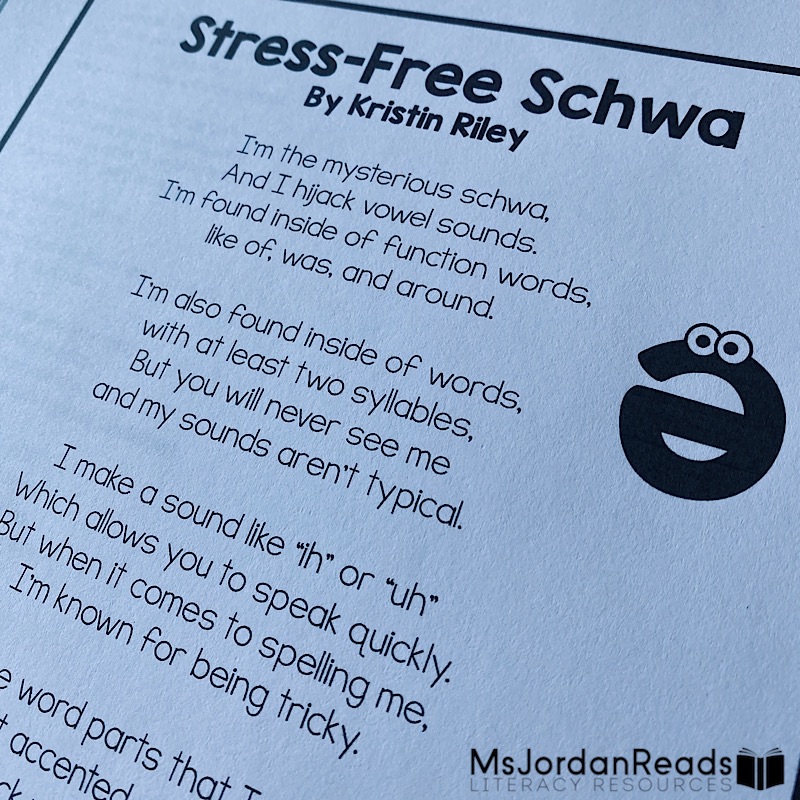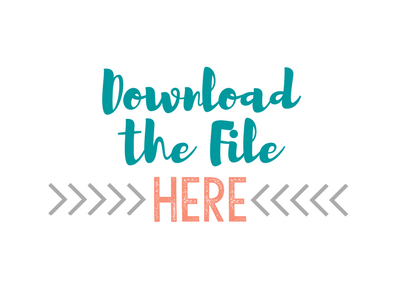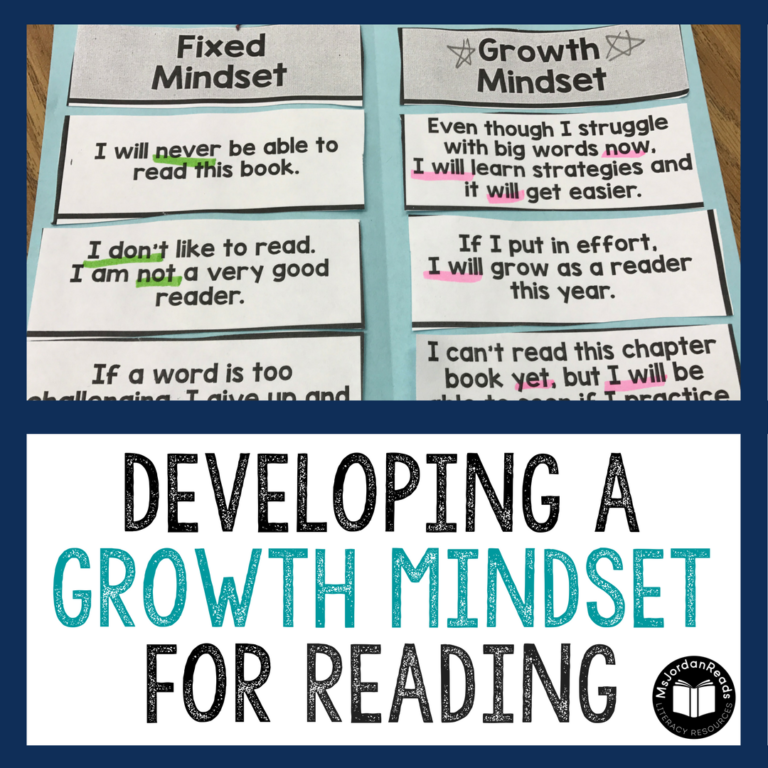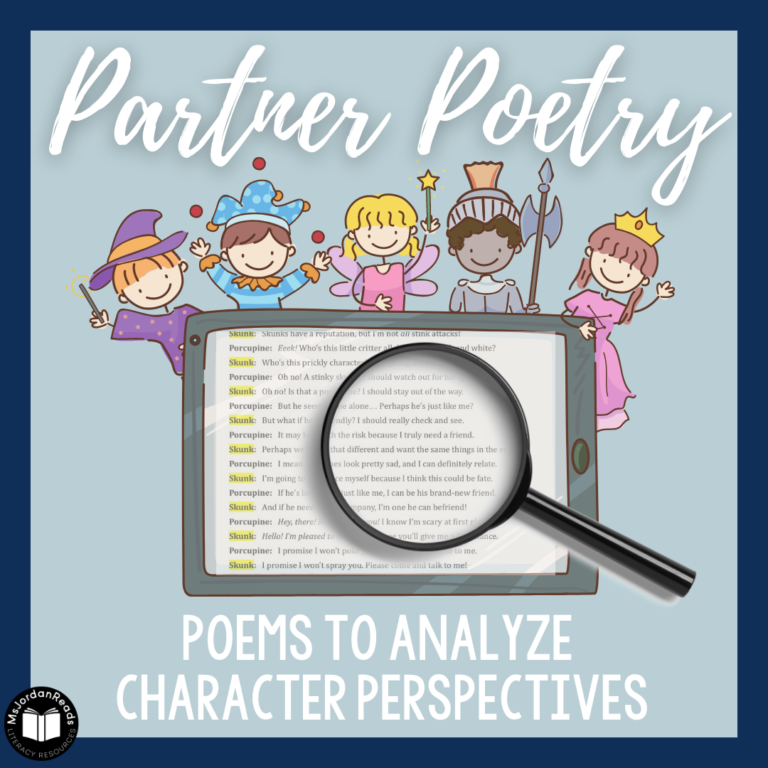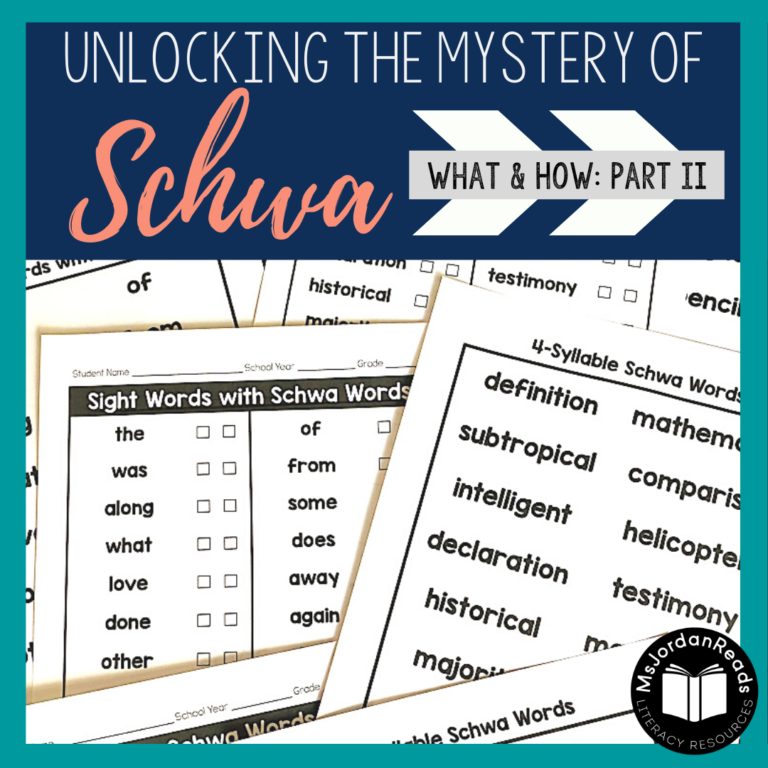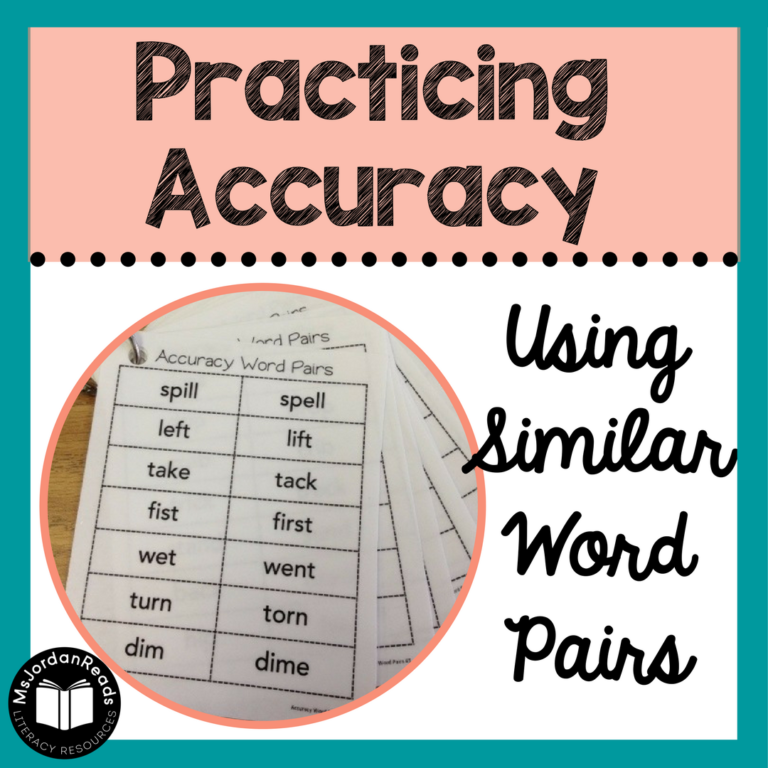Unlocking the Mystery of Schwa: The What & How (Part I)
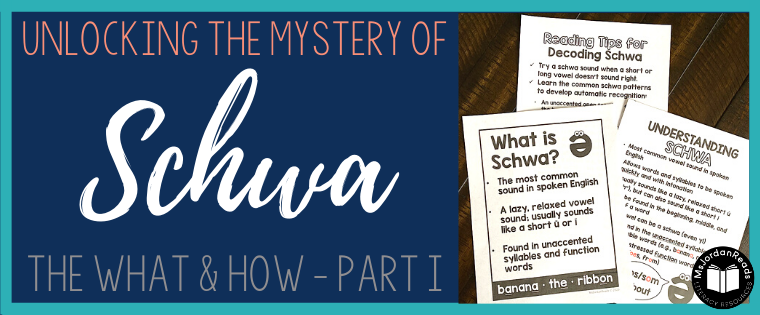
Schwa – It’s funny to say, tricky to teach, but important to know and understand. “Schwa” is defined as the most common sound of spoken English. It is the relaxed vowel sound that is often found in multi-syllable words and function words. It often sounds like “ih” or “uh” and can take the place of any vowel.
Many students will go through their whole school experience not knowing what a schwa is (I mean… be honest – did you?), but for students who need an explicit, structured literacy program, they need to learn about schwa, especially once they are reading and spelling multi-syllable words. They need to know how to identify the schwa sound in unaccented syllables. They need to know common schwa patterns. They need to know that they shouldn’t just stick in a letter “u” in a word when they hear a schwa sound. Most of all, students need to learn that schwa serves a greater purpose – that it allows us to read and speak naturally, with rhythm and proper intonation.
Teaching the Schwa Sound
I am guilty of not knowing what a schwa was until I started my teaching journey. Like 40% of the current student population, I grew up as a whole language reader and was able to visually recognize words quickly and automatically through exposure and repetition. Words just looked right to me, and up until about ten years ago, I couldn’t tell you why certain words were spelled a certain way. I just knew how to spell them, and that was enough.
For the other 60% of students who are not whole language learners, they need an explicit, structured literacy program that teaches common phonics patterns. They need to learn what a schwa is so that they can understand why certain vowels don’t make their “correct” sounds when they are reading and writing. They need to learn how to identify unaccented syllables that include a schwa in multi-syllable words and why many function words with schwa sounds have irregular spellings. Without learning about schwa, students will look at words like the, from, some, and about as just rule-breaking “sight words” that they have to memorize. Most don’t realize that these words include a schwa and are spelled differently because of that sound. I know it was a major “aha” moment for me!
Working with struggling readers for more than ten years now, I have been immersed in phonics rules and spelling generalizations. Through our school’s Orton-Gillingham based program, I have finally learned the intricacies of our language and why certain words are spelled a certain way. My “just because” spelling attitude has been replaced, and I am now armed with explanations for many complex spelling patterns that I once just memorized and knew to be correct. I’ve learned that every word can be explained, especially the “rule-breaking” words that include a schwa.
The next blog post in this series (coming soon!) will focus on HOW to teach this mysterious sound and will provide some ideas and activities for getting started with schwa. In the meantime, if you’re looking for a ready-to-go resource for introducing schwa, there is a free poster and poem for my email subscribers. If you’d like to download this worksheet, click here to subscribe (you will get the password via email). You will also receive exclusive access to my entire growing collection of free literacy resources! (If you’re already a subscriber, you may download the resource HERE.)
—
Happy Teaching!


